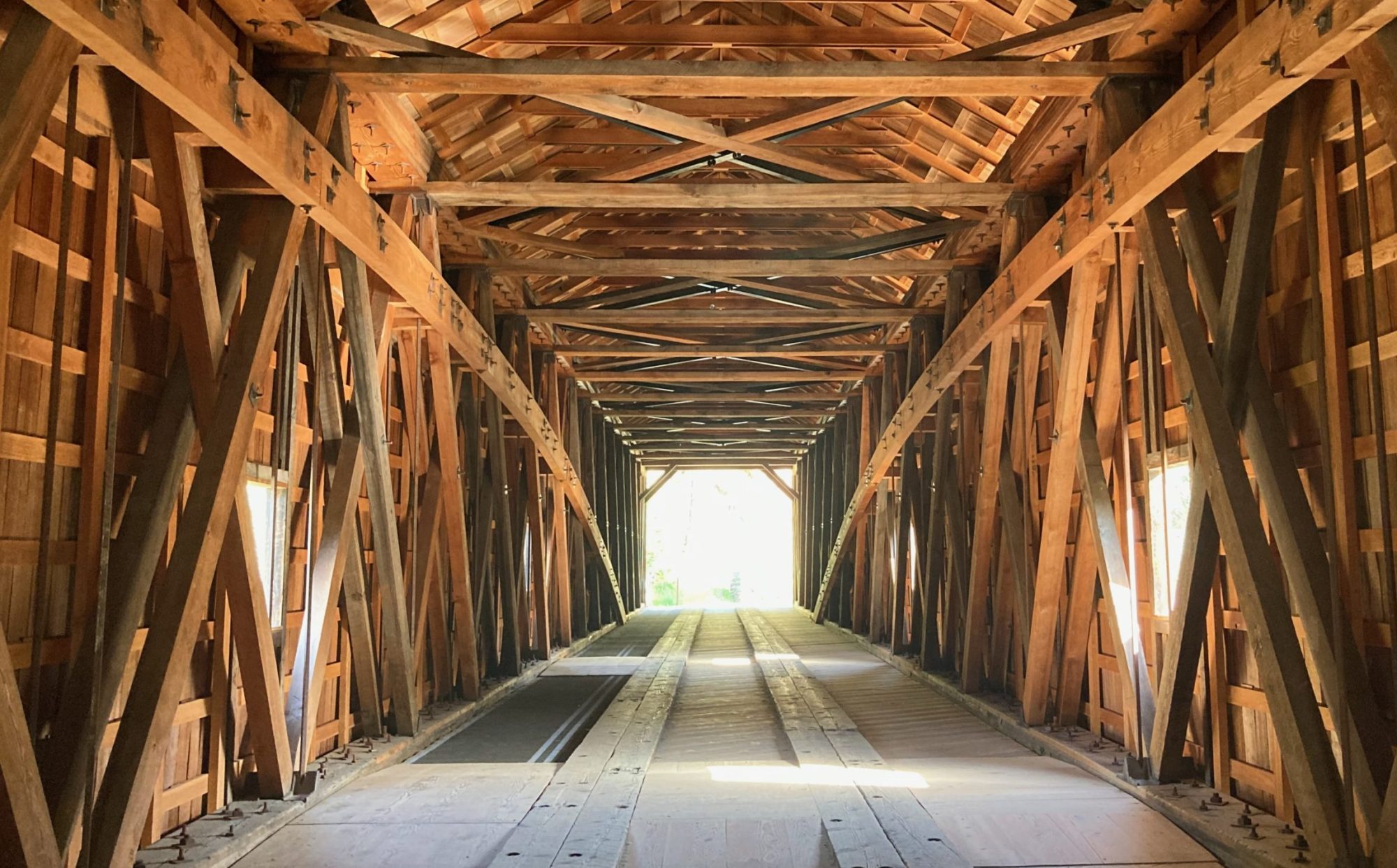
When I think about library communities (public libraries, specifically, but all libraries, generally), I think of two main groups:
- the community of existing library users & the community of non-library users
And then I think about the library’s role in expanding and building community. Because I am always thinking about how to reach more, serve more.
What of the community that hasn’t been reached? What of your potentially most valuable patrons? The folks that live in the community, but don’t think to visit the library (because they’re too busy? because it’s too far? because the hours don’t work for them? because they ‘aren’t book people’? because the library doesn’t seem welcoming? because…)? How do you draw in community members when you don’t know what’s keeping them from coming, or what it takes to bring them in? If you’re mainly obsessed about serving the patrons you’re already serving, who is being ongoingly excluded? And are you okay with that??
No. It is not enough to satisfy the 20%. Libraries are not built and funded to serve just a small portion of the community. It is meant for the entire community.
OH, BUT HOW?
How, indeed. Limited staff! Limited time! Limited resources!
It would be impractical to suggest sending teams of staff out into the community to personally hand-survey residents to identify how the library could meet their needs.
Fortunately, we’re in the business of sharing information.
FIND YOUR KEY CONNECTORS
Community partners and networks exist everywhere, and their reach is vast and varied. A little promotion, some word of mouth, and activity or two. Those partners have their existing communities – why not band together?
- Bring public school groups in for library card sign-ups, storytimes, research workshops.
- Partner with the local food bank to offer food distribution or pantry services.
- Partner with local parks and recreation organizations to offer parks passes, class spaces, education nights.
- Tap into local sports teams to bring in their mascot, show the game, host fan activities, share athletes’ favorite books or library service.
- Offer display areas for local crafting communities to exhibit and talk about their creations and opportunities.
- Share widely online so entrepreneurs know about your meeting spaces and technology services.
- Feature local businesses, restaurants, shops and their offerings – let them share their stories.
- Involve the senior centers, the youth centers, and the children’s centers and build activities that connect them with each other or with the library community at large (borrow a grandparent, play together, read-to-me).
- Bring local health care providers in to offer basic services, or share health education information.
- Offer a guest storytime reader opportunity.
Tapping into existing communities can bring people into the library who might not otherwise consider visiting, and getting them in the door is the first essential step to welcoming them into the library community so they, too, can become our most valuable patrons.
PUBLIC HAPPINESS
In her TEDx talk, Pam Sandlian (2014) quoted John Cotton Dana, saying “The public library is a center of public happiness first, public education second.”
I’m not saying that the public library can (or should, or could) be everything to everyone. What I am saying, though, is that it’s well worth striving to offer some piece of joy that allows all in the community to know that the public library could very well be a place where they, too, can find happiness, even if they are not in the 20%.
REFERENCES
Lauersen, C. (2018, June 7). Do you want to dance? Inclusion and belonging in libraries and beyond. The Library Lab. https://christianlauersen.net/2018/06/07/inclusion-and-belonging-in-libraries-and-beyond/
Pewhiarangi, S. (2014). A beautiful obsession. WEVE.
Sandlian-Smith, P. (2014). What to expect from libraries in the 21st century. TEDxMile High. https://youtu.be/fa6ERdxyYdo?feature=shared

![Learn the Pareto Principle (The 80/20 Rule) [2024] • Asana](https://assets.asana.biz/transform/aa4ae547-d8a5-430a-a87d-8c8124360fdf/article-productivity-pareto-principle-80-20-rule-2x)